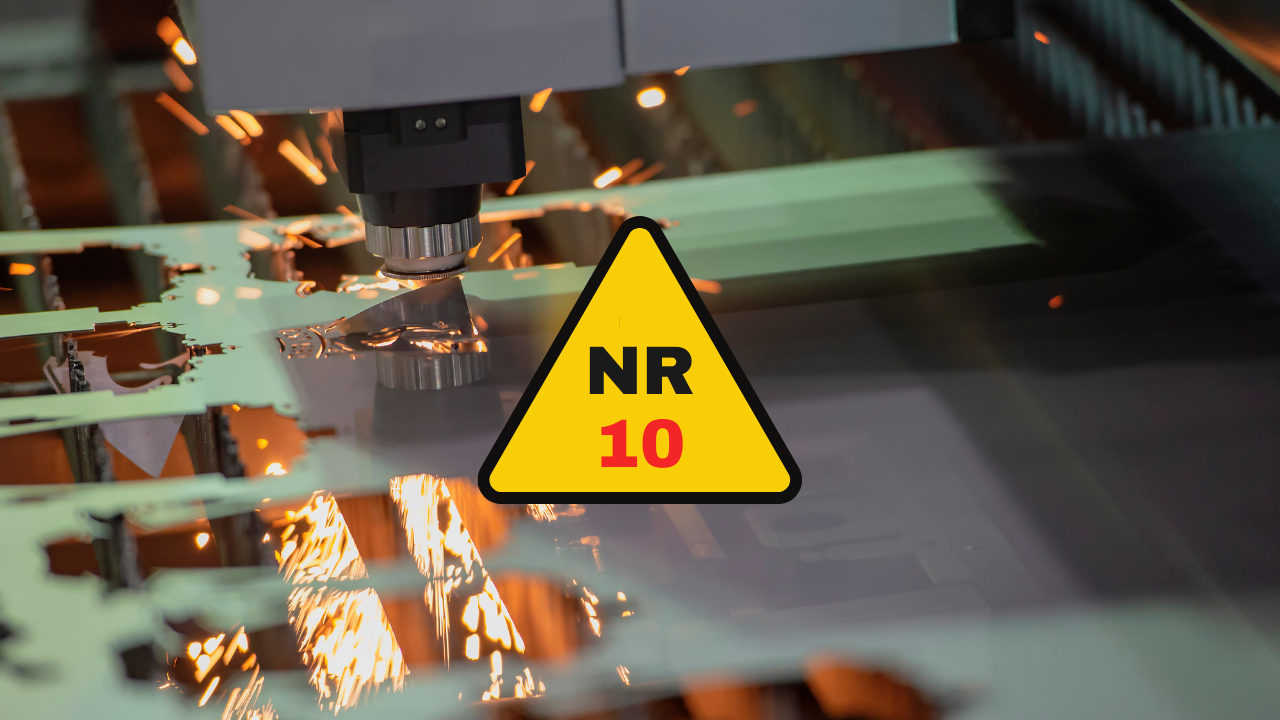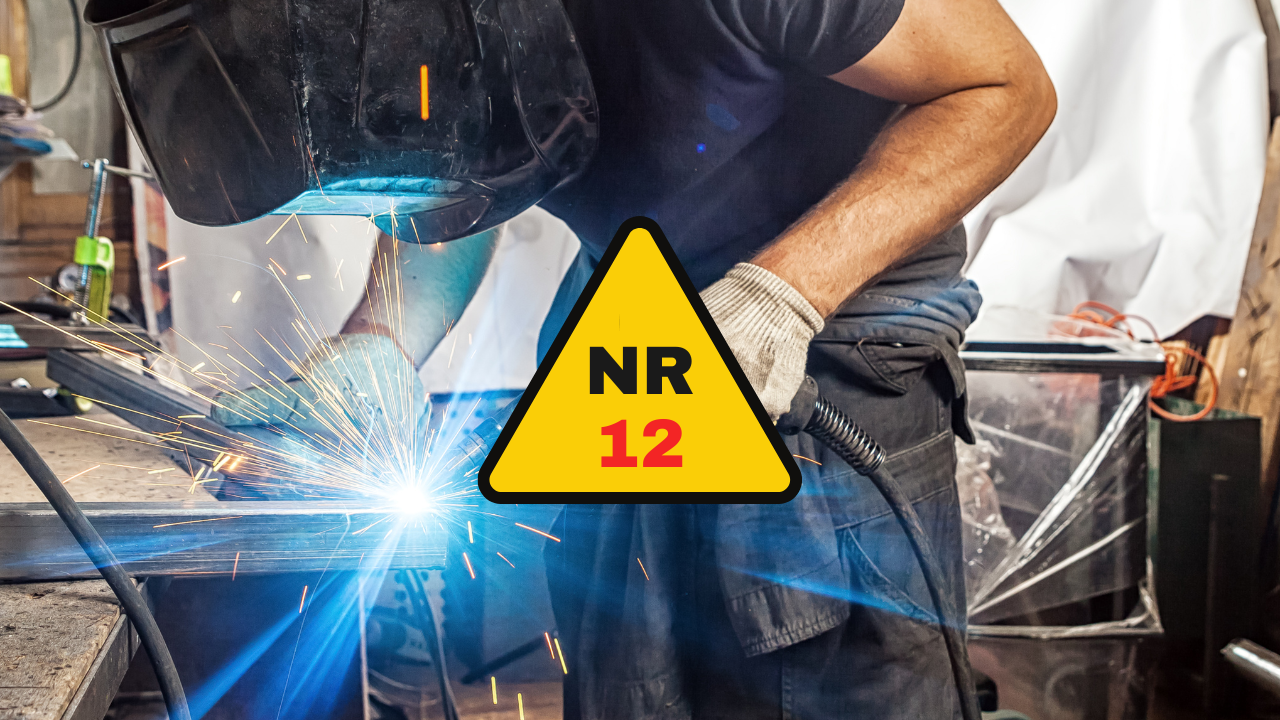Designing Machines for Safety: Ensuring Compliance with NR 10 and NR 12 Regulations in Brazil
2024-03-28

How to design the machine with NR 10 (Norma Regulamentadora 10)?
Designing a machine in compliance with NR 10 (Norma Regulamentadora 10) involves several steps and considerations to ensure the safety of workers who will operate or maintain the equipment. Here's a general guideline on how to design a machine with NR 10 in mind:
Risk Assessment: Conduct a thorough risk assessment of the machine to identify potential electrical hazards. Consider all stages of the machine's lifecycle, including installation, operation, maintenance, and decommissioning.
Compliance with Standards: Ensure that the machine design complies with the requirements specified in NR 10 and other relevant Brazilian standards related to electrical safety. This may include standards issued by organizations such as ABNT (Associação Brasileira de Normas Técnicas).
Isolation and Insulation: Design the machine to minimize the risk of electric shock by incorporating effective isolation and insulation measures. This may involve using insulated materials, enclosures, barriers, and shields to prevent contact with live parts.
Grounding and Bonding: Implement proper grounding and bonding techniques to ensure electrical continuity and dissipate fault currents safely. Grounding systems should comply with NR 10 requirements to prevent electric shock and fire hazards.
Electrical Protection Devices: Install appropriate electrical protection devices, such as circuit breakers, fuses, residual current devices (RCDs), and overcurrent protection, to safeguard against electrical faults and overloads.
Clear Markings and Warnings: Clearly label all electrical components, controls, and hazardous areas of the machine with warning signs, symbols, and instructions in accordance with NR 10. Provide adequate warnings about electrical hazards and safe operating procedures.
Emergency Stop System: Incorporate an emergency stop system into the machine design to quickly shut down operations in case of an emergency or hazardous situation. Ensure that the emergency stop controls are easily accessible and clearly marked.
Training and Documentation: Develop comprehensive training materials and documentation for operators and maintenance personnel covering safe use, maintenance procedures, and emergency protocols related to electrical safety. Ensure that all relevant personnel receive proper training and understand their responsibilities.
Regular Maintenance and Inspections: Design the machine to facilitate easy maintenance and regular inspections of electrical components and systems. Establish a maintenance schedule and procedures to ensure that electrical equipment remains in safe working condition.
Continual Improvement: Continuously monitor and evaluate the machine's performance and safety features, and implement any necessary improvements or modifications to enhance electrical safety over time.
By following these guidelines and integrating electrical safety principles into the machine design process, you can help ensure compliance with NR 10 and create a safer working environment for operators and maintenance personnel. It's also advisable to consult with electrical safety experts and legal professionals to ensure full compliance with regulatory requirements.

How to design the machine with NR 12 (Norma Regulamentadora 12)?
Designing a machine in compliance with NR 12 (Norma Regulamentadora 12) involves several steps and considerations to ensure the safety of workers who will operate, maintain, or come into contact with the equipment. Here's a general guideline on how to design a machine with NR 12 in mind:
Risk Assessment: Conduct a thorough risk assessment of the machine to identify potential mechanical hazards, such as crushing, cutting, shearing, and entanglement. Consider all stages of the machine's lifecycle, including installation, operation, maintenance, and decommissioning.
Compliance with Standards: Ensure that the machine design complies with the requirements specified in NR 12 and other relevant Brazilian standards related to machinery safety. This may include standards issued by organizations such as ABNT (Associação Brasileira de Normas Técnicas) and international standards such as ISO 12100.
Guarding and Protective Devices: Design the machine with appropriate guards, protective devices, and safety features to prevent access to hazardous areas and minimize the risk of injury. Use barriers, enclosures, interlocks, presence-sensing devices, and other safety measures as required by NR 12.
Emergency Stop System: Incorporate an emergency stop system into the machine design to quickly shut down operations in case of an emergency or hazardous situation. Ensure that the emergency stop controls are easily accessible and clearly marked.
Ergonomics and Access: Design the machine to facilitate safe and ergonomic operation, maintenance, and servicing. Consider factors such as reach distances, visibility, clearance zones, and ergonomic design principles to minimize the risk of musculoskeletal disorders and fatigue.
Controls and Interfaces: Design intuitive and user-friendly control interfaces for the machine, with clearly labeled controls, indicators, and instructions. Ensure that controls are located in safe positions and designed to prevent accidental activation or unintended operation.
Safe Work Procedures: Provide comprehensive instructions, warnings, and training materials for operators and maintenance personnel covering safe use, maintenance procedures, and emergency protocols related to machine safety. Ensure that all relevant personnel receive proper training and understand their responsibilities.
Documentation and Markings: Develop clear and concise documentation for the machine, including operation manuals, maintenance procedures, warning signs, symbols, and instructional labels. Ensure that all markings are durable, legible, and prominently displayed on the machine.
Maintenance and Inspections: Design the machine to facilitate easy maintenance and regular inspections of mechanical components, safety features, and control systems. Establish a maintenance schedule and procedures to ensure that the machine remains in safe working condition.
Continual Improvement: Continuously monitor and evaluate the machine's performance and safety features, and implement any necessary improvements or modifications to enhance safety over time.
By following these guidelines and integrating machinery safety principles into the machine design process, you can help ensure compliance with NR 12 and create a safer working environment for operators and maintenance personnel. It's also advisable to consult with safety experts, engineers, and legal professionals to ensure full compliance with regulatory requirements.